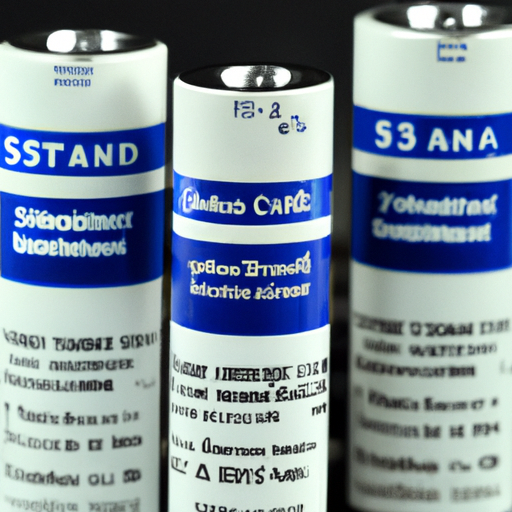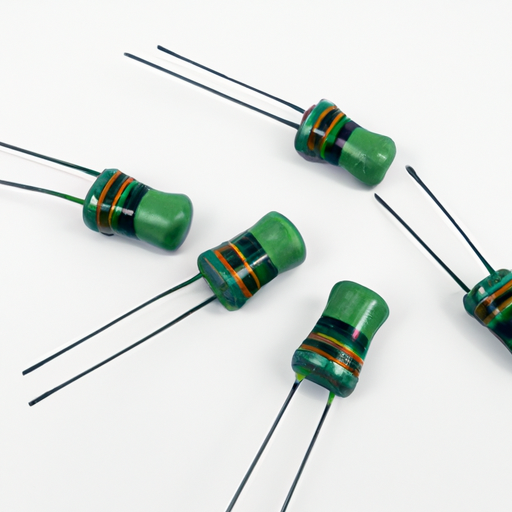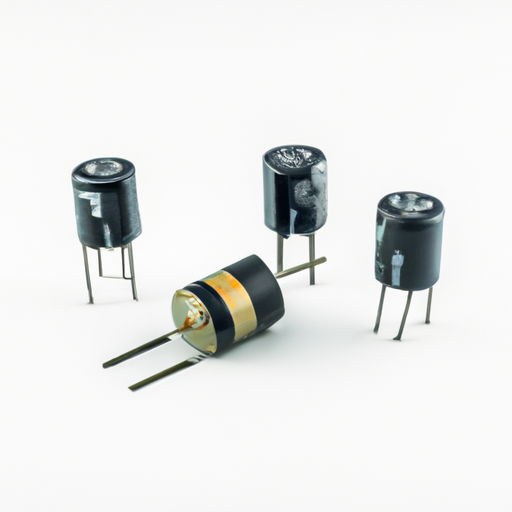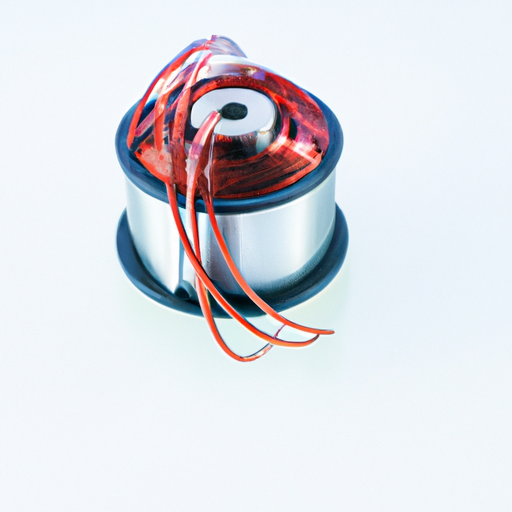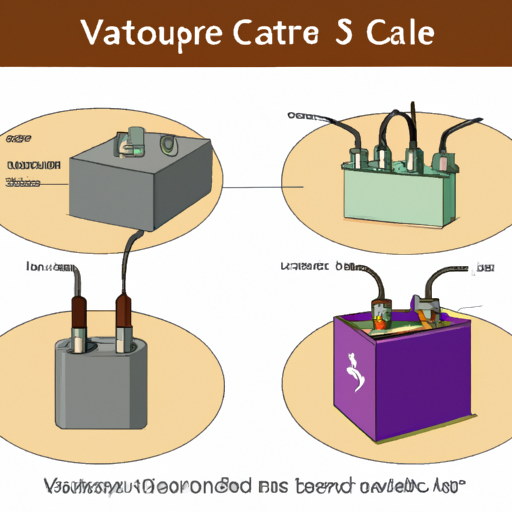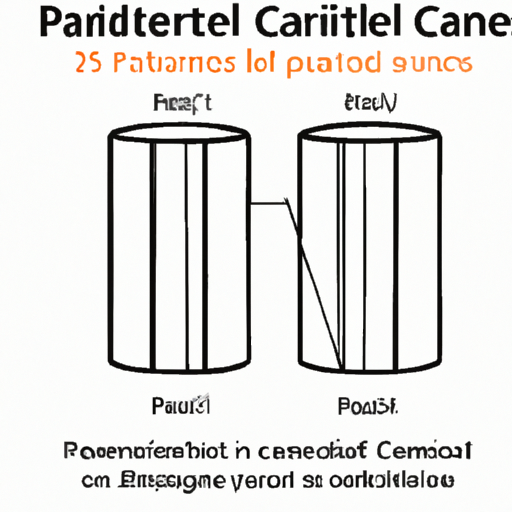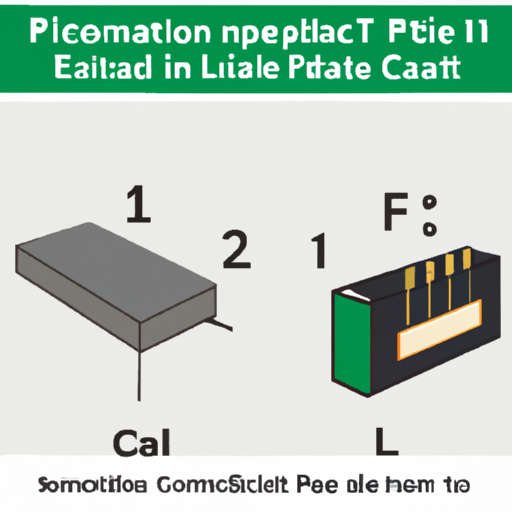What are the Product Standards of Capacitor Manufacturers?
I. Introduction
Capacitors are fundamental components in electronic devices, serving as energy storage elements that can release energy quickly when needed. They play a crucial role in various applications, from power supply circuits to signal processing in communication devices. Given their importance, the standards governing their production are vital to ensure quality, reliability, and safety. This blog post will explore the product standards of capacitor manufacturers, highlighting their significance, key standards, testing processes, and future trends.
II. Understanding Capacitor Types
Capacitors come in various types, each suited for specific applications. Understanding these types is essential for grasping the standards that govern their manufacture.
A. Electrolytic Capacitors
Electrolytic capacitors are polarized components that offer high capacitance values in a compact size. They are commonly used in power supply circuits and audio applications. However, their sensitivity to voltage and temperature variations necessitates strict adherence to manufacturing standards.
B. Ceramic Capacitors
Ceramic capacitors are non-polarized and known for their stability and reliability. They are widely used in high-frequency applications and are available in various capacitance values. Their manufacturing standards focus on dielectric properties and temperature coefficients.
C. Film Capacitors
Film capacitors utilize a thin plastic film as the dielectric material. They are known for their low loss and high insulation resistance, making them suitable for audio and high-voltage applications. Standards for film capacitors emphasize their electrical and mechanical properties.
D. Tantalum Capacitors
Tantalum capacitors are known for their high capacitance-to-volume ratio and stability. They are often used in military and aerospace applications, where reliability is paramount. The standards governing tantalum capacitors focus on their performance under extreme conditions.
E. Supercapacitors
Supercapacitors, or ultracapacitors, are designed for high energy and power density applications. They are increasingly used in renewable energy systems and electric vehicles. The standards for supercapacitors address their unique charging and discharging characteristics.
F. Comparison of Different Types and Their Applications
Each type of capacitor has its strengths and weaknesses, making them suitable for different applications. Understanding these differences is crucial for manufacturers to ensure compliance with the relevant standards.
III. Importance of Product Standards
Product standards are essential in the capacitor manufacturing industry for several reasons:
A. Ensuring Quality and Reliability
Standards help manufacturers produce capacitors that meet specific performance criteria, ensuring that they function reliably in their intended applications. This is particularly important in critical systems where failure can have severe consequences.
B. Compliance with Safety Regulations
Adhering to established standards helps manufacturers comply with safety regulations, protecting both consumers and the environment. This compliance is crucial in industries such as automotive and aerospace, where safety is paramount.
C. Enhancing Performance and Longevity
Standards often include guidelines for materials and testing methods that enhance the performance and longevity of capacitors. This results in products that not only meet customer expectations but also reduce warranty claims and returns.
D. Facilitating International Trade
With globalization, manufacturers often export their products to different countries. Compliance with international standards facilitates trade by ensuring that products meet the requirements of various markets.
IV. Key Product Standards for Capacitor Manufacturers
Capacitor manufacturers must adhere to a variety of standards, both international and national, as well as industry-specific guidelines.
A. International Standards
1. **International Electrotechnical Commission (IEC)**: The IEC develops international standards for electrical and electronic devices, including capacitors. Their standards cover safety, performance, and testing methods.
2. **Institute of Electrical and Electronics Engineers (IEEE)**: IEEE standards focus on electrical and electronic systems, providing guidelines for capacitor performance in various applications.
3. **International Organization for Standardization (ISO)**: ISO standards address quality management systems, ensuring that manufacturers maintain consistent quality throughout their production processes.
B. National Standards
1. **American National Standards Institute (ANSI)**: ANSI oversees the development of standards in the United States, including those relevant to capacitors.
2. **Underwriters Laboratories (UL)**: UL provides safety certification for electrical components, ensuring that capacitors meet safety requirements.
3. **European Committee for Electrotechnical Standardization (CENELEC)**: CENELEC develops standards for electrical and electronic products in Europe, including capacitors.
C. Industry-Specific Standards
1. **Automotive Electronics Council (AEC)**: AEC standards focus on the reliability and performance of electronic components used in automotive applications.
2. **Military Standards (MIL-STD)**: These standards ensure that capacitors used in military applications can withstand extreme conditions and perform reliably.
3. **Telecommunications Industry Association (TIA)**: TIA standards address the performance and reliability of components used in telecommunications systems.
V. Testing and Certification Processes
To ensure compliance with product standards, capacitor manufacturers must undergo rigorous testing and certification processes.
A. Types of Tests Conducted
1. **Electrical Testing**: This includes measuring capacitance, equivalent series resistance (ESR), and leakage current to ensure that capacitors meet performance specifications.
2. **Environmental Testing**: Capacitors are subjected to various environmental conditions, such as temperature and humidity, to assess their performance under real-world conditions.
3. **Mechanical Testing**: This involves testing the physical integrity of capacitors, including vibration and shock tests, to ensure they can withstand mechanical stresses.
B. Certification Bodies and Their Roles
Certification bodies, such as UL and IEC, play a crucial role in verifying that capacitors meet the required standards. They conduct audits, testing, and inspections to ensure compliance.
C. Importance of Third-Party Testing
Third-party testing provides an unbiased assessment of a capacitor's performance and compliance with standards. This is essential for building trust with customers and ensuring product quality.
VI. Quality Control Measures
Quality control is a critical aspect of capacitor manufacturing, ensuring that products meet established standards.
A. In-Process Quality Control
Manufacturers implement in-process quality control measures to monitor production and identify defects early in the manufacturing process.
B. Final Product Inspection
Final inspections are conducted to verify that finished capacitors meet all specifications and standards before they are shipped to customers.
C. Continuous Improvement Practices
Manufacturers often adopt continuous improvement practices, such as Six Sigma and Lean Manufacturing, to enhance their production processes and reduce waste.
D. Role of Six Sigma and Lean Manufacturing
Six Sigma focuses on reducing defects and improving quality, while Lean Manufacturing emphasizes efficiency and waste reduction. Both methodologies contribute to higher quality standards in capacitor production.
VII. Challenges in Meeting Product Standards
Despite the importance of product standards, manufacturers face several challenges in meeting them.
A. Rapid Technological Advancements
The fast pace of technological change can make it difficult for manufacturers to keep up with evolving standards and customer expectations.
B. Global Supply Chain Complexities
Global supply chains introduce variability in raw materials and components, making it challenging to maintain consistent quality.
C. Variability in Raw Materials
Differences in raw material quality can impact the performance of capacitors, necessitating stringent quality control measures.
D. Regulatory Changes
Changes in regulations can require manufacturers to adapt quickly, which can be resource-intensive and costly.
VIII. Future Trends in Capacitor Manufacturing Standards
As the capacitor industry evolves, several trends are emerging that will shape future product standards.
A. Increasing Focus on Sustainability
Manufacturers are increasingly prioritizing sustainability, leading to the development of standards that address environmental impact and resource efficiency.
B. Advancements in Materials and Technology
New materials and technologies are being developed, necessitating updated standards to ensure safety and performance.
C. The Role of Automation and AI in Quality Assurance
Automation and artificial intelligence are being integrated into quality assurance processes, improving efficiency and accuracy in testing and inspection.
D. Emerging Standards for New Applications
As new applications, such as electric vehicles and renewable energy systems, gain prominence, manufacturers will need to adapt to emerging standards that address these specific needs.
IX. Conclusion
In conclusion, product standards play a vital role in the capacitor manufacturing industry, ensuring quality, safety, and reliability. As technology advances and new applications emerge, manufacturers must prioritize compliance with these standards to remain competitive. By investing in quality control measures and staying abreast of industry trends, capacitor manufacturers can continue to meet the demands of their customers and contribute to the growth of the electronics industry.
X. References
1. International Electrotechnical Commission (IEC)
2. Institute of Electrical and Electronics Engineers (IEEE)
3. International Organization for Standardization (ISO)
4. American National Standards Institute (ANSI)
5. Underwriters Laboratories (UL)
6. European Committee for Electrotechnical Standardization (CENELEC)
7. Automotive Electronics Council (AEC)
8. Military Standards (MIL-STD)
9. Telecommunications Industry Association (TIA)
This comprehensive overview of the product standards of capacitor manufacturers highlights the importance of quality and compliance in the industry. By adhering to established standards, manufacturers can ensure that their products meet the needs of a rapidly evolving technological landscape.

